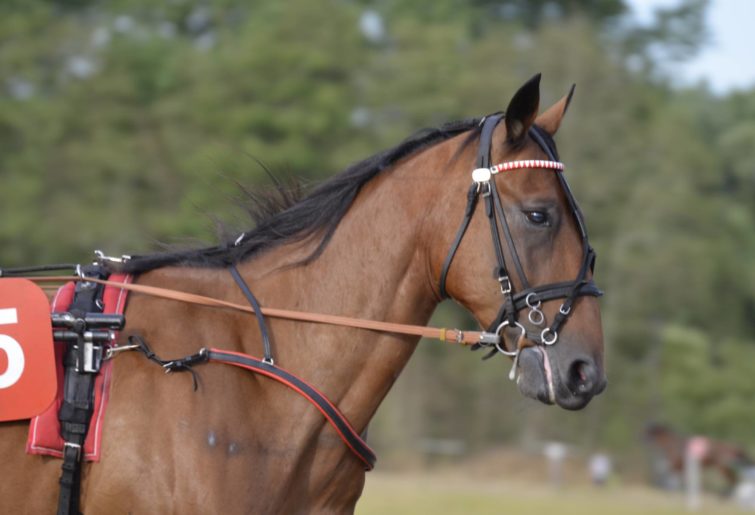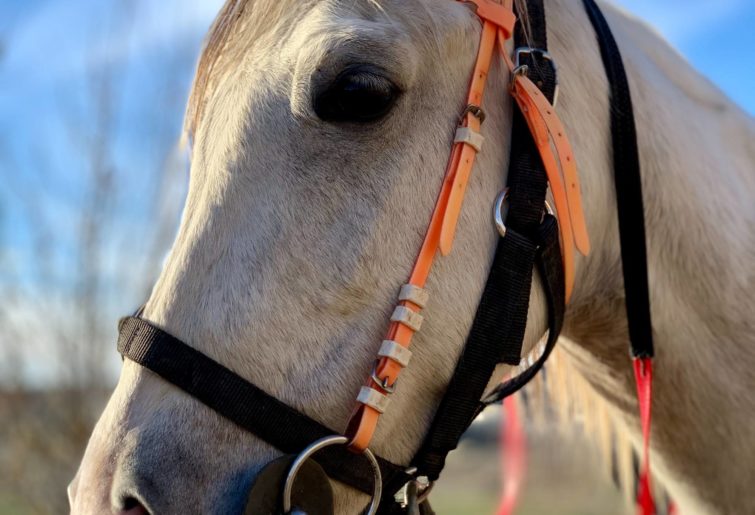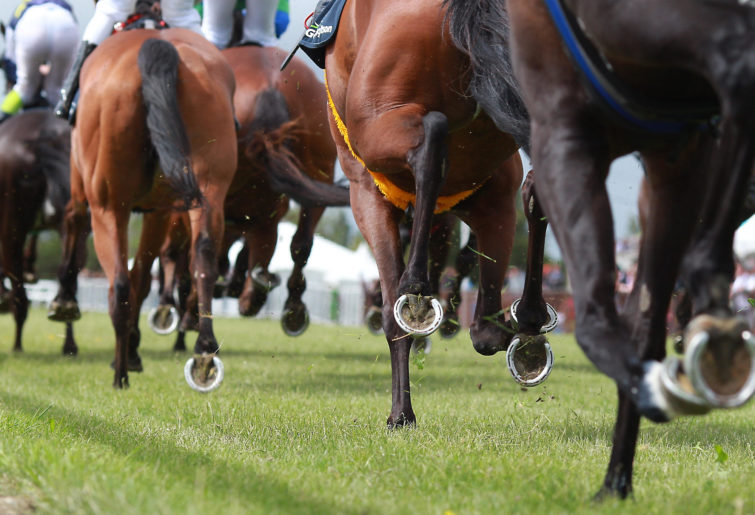TWO GOOD! Zahra wins back-to-back Melbourne Cups on Without a Fight as three horses pull up lame
Without a Fight completed the rare Caulfield Cup-Melbourne Cup double on Tuesday as star jockey Mark Zahra went back-to-back in the big one after…
Opinion
There is much hypocrisy within the racing and breeding industries when it comes to equine welfare.
I had to laugh recently when a racing journalist suggested that Pakistan Star (a Hong Kong racehorse who was famous for not wanting to be a racehorse) should be repatriated to Australia and be a banner horse at Victoria’s Living Legends ‘retirement home’.
Oxymoron, right? Having a racehorse that didn’t want to be a racehorse as your headline (PR) act. I don’t think even the Monty Python crew could come up with that one. No doubt Racing Victoria will think it’s a good idea. I mean, good PR.
It is disappointing but not surprising there has been implicit or explicit racing industry support for the recent ‘after care’ (aged care) thoroughbred welfare review. And of course leading breeders and industry associations (excluding the owners association) have fallen over themselves in giving praise.
Why?
Because the review and report basically gave them a free pass.

(Image by Digwen from Pixabay)
Which begs the question, is this latest review just one giant PR exercise following the ABC investigation that exposed some troubling truths? You know, like the recession you had to have?
Were grandiose statements such as ‘every horse in every race’ and ‘we should aim for zero deaths’ at the time of the release of the revised Melbourne Cup veterinary protocols merely PR platitudes or a genuine welfare commitment?
According to published research, synthetic tracks maim more horses than the Melbourne Cup. It just doesn’t generate that much bad press. And after all, they generate wagering revenue.
So what did we learn from the 146-page after care review?
Is it a supply issue? Maybe.
Is it a demand issue? Maybe.
Is it a rehoming issue? Maybe.
Is it a retirement care issue? Maybe.
How big are any of these issues? The authors didn’t know.
I won’t replicate the report’s answers to these questions – but this will perhaps give you a taste. In addressing the supply question, the authors thought the industry needed to develop a strategic resourcing (needs) plan – because it didn’t have one.

(Photo by Olga Gasheva via Unsplash)
It makes you wonder how the industry has survived for 150 years without one. It’s even more funny when you consider the number of horses per race has been amazingly constant over the years (which suggests to me the market is working pretty well).
The two bigger questions that the review’s terms of reference ensured didn’t get asked were is horse health and welfare a breeding issue, and is horse health and welfare a racing issue?
The authors didn’t get to consider what the future retirement landscape could look like if you reduced the number of horses needing early retirement. Just imagine if all these horses needed was a brush up on interview technique before launching into second careers.
A 2017 Australian research report found that 28 per cent of horses entered early retirement due to injury or medical condition. A further 42 per cent because of poor form.
A subset of this poor form group is likely due to a career limiting condition, which I’ve estimated to be around seven to ten per cent based on research I am currently doing.
So in any given year approximately 5600 horses are sacrificed to the slow horse or unsound horse retirement chute.

Imagine the impact on retirement supply if more viable racing options were afforded slow horses, like if there was more chance to cover the cost of upkeep and training. But no, the racing industry would like to put just a few people in castles.
Imagine the impact on retirement demand if fewer horses turned up to second job interviews with crutches or clutching their ventolin puffer.
So is horse welfare a breeding problem? Yes.
It’s where many health conditions (like bleeders and roarers) originate. There is also mounting research that many tendon and bone injuries also have a genetic basis.
Germany and Japan seem to have latched onto it, but not Australia. And as many trainers will tell you, they’ve never seen a more fragile state of the breed. One that is costing owners millions in veterinary expenses.
Is there a racing (training) problem? Yes, as that’s where most horses become injured. It’s also where most injuries can be prevented.
A USA researcher, Dr Susan Stover, found that 90 per cent of race-day deaths had existing precursor conditions that went undetected. This suggests that a lot of horses are racing at an unrecognised increased risk of injury.
She also estimated that only one per cent of serious/catastrophic injuries could be attributed to an act of God (or Lady Luck, if you prefer). Jockey riding doesn’t count as an act of God. Australian researchers such as Dr Chris Whitton and Dr Peta Hutchins have echoed similar findings.

Research also shows that owners spend millions on enforced layoffs due to foreseeable injuries.
Before a breeder replies and points to research suggesting racing as two-year-olds ensures longevity – no it doesn’t. They retire at or before five like most according to recent research.
Racing (administrators, vets and trainers) need to get better at preventing problems rather than managing them – even if this comes at some cost to wagering… and veterinary incomes.
So is the recent attention just the PR campaign that you had to have or a genuine commitment?
Does rushing around buying up retirement properties reflect a genuine commitment to horse health and welfare or what you might need to do to keep the ABC off your back?
Is that really the best value investment you can make for horse health and welfare?
The research suggests not – it seems racing hasn’t grasped the ‘prevention is better than cure’ health and wellbeing model… except for the Melbourne Cup.
That racing and breeding authorities have shown greatest concern about what makes the ABC News suggests to me it has a far greater concern for PR outcomes than horse health outcomes.